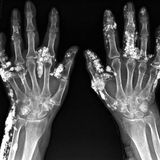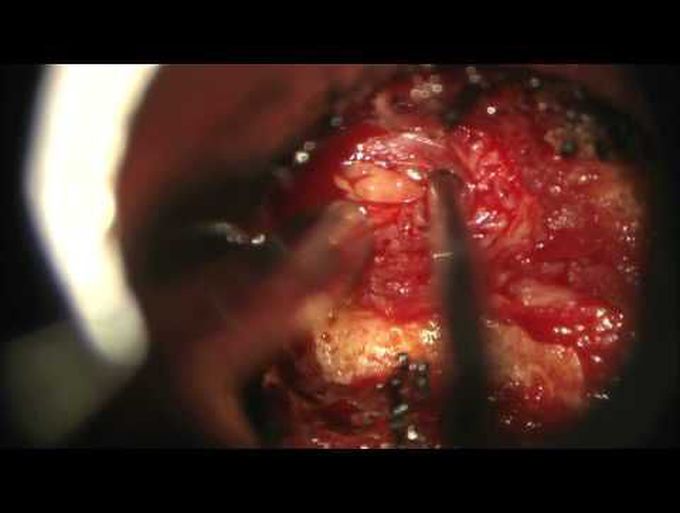

Andy Wells9 months ago

Minimally invasive surgery for lumbar microdiscectomy
Symptomatic disc herniation is a common indication for spinal operations. The open microscopic discectomy has been the traditional method of addressing this pathology, but minimally invasive techniques are increasingly popular. Potential advantages of the MIS microdiscectomy approach include decreased muscle and soft tissue disruption, shorter length of stay and decreased postoperative pain. Here we demonstrate an MIS microdiscectomy on a 24-year-old female with a left L-4 and L-5 radiculopathy secondary to a large L4--5 disc herniation.
Other commentsSign in to post comments. You don't have an account? Sign up now!

